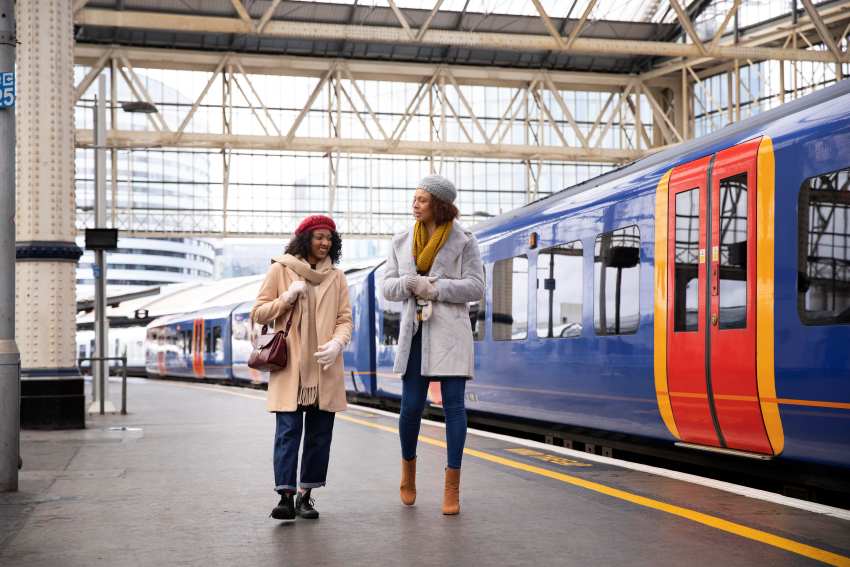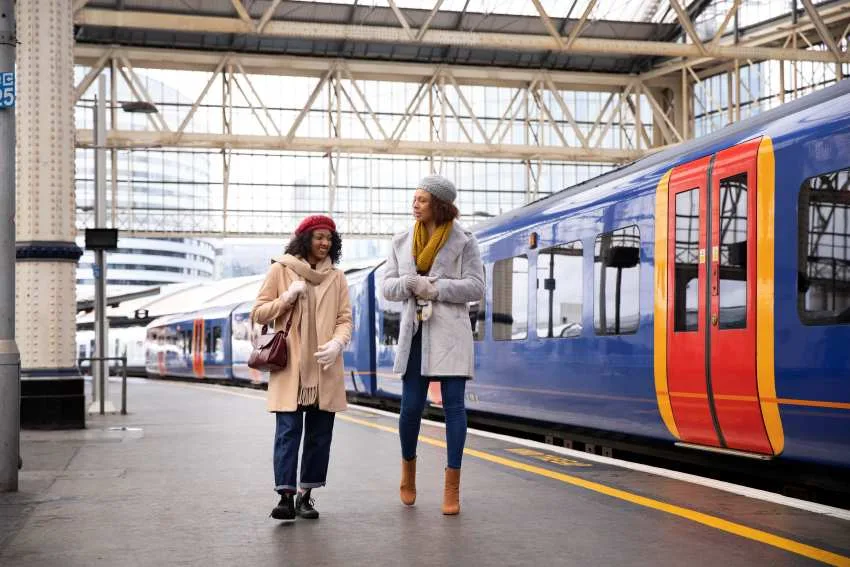Friday, August 1, 2025

Sydney’s public transport system has long been a cornerstone of the city’s commuter and tourism infrastructure. However, the past months have seen disruptions due to industrial action and workforce negotiations. In a move aimed at easing tensions and compensating for the inconvenience, the New South Wales government has announced an extension to the fare-free period for trains and metro services, allowing Sydney commuters and tourists to travel without charges from Thursday, July 31, 2025, until 6 a.m. on Saturday, August 2, 2025.
Initially set to run only on Thursday and Friday, the fare-free window was extended in recognition of the disruptions and as an invitation for residents and visitors alike to take advantage of the rail network, including regional services to Melbourne and Brisbane. This gesture comes not only as an acknowledgment of the previous service interruptions but also as a way to encourage tourism in the city and across New South Wales (NSW), helping local businesses affected by the travel chaos.
The Impact of Fare-Free Travel on Local Tourism
The announcement of extended fare-free travel is an unexpected boon for local tourism in Sydney. By offering free train travel, the government is effectively encouraging residents and tourists alike to explore Sydney and regional NSW without the burden of transport costs. For both international tourists and those in the city for business or leisure, this move makes it easier to navigate the city, visiting landmarks, cultural attractions, and local shops. Given the significant number of tourists who rely on public transport to get around, Sydney’s tourism sector stands to benefit greatly.
Sydney’s main tourist destinations, including the Sydney Opera House, Harbour Bridge, Bondi Beach, and Darling Harbour, are easily accessible via the train network. For tourists arriving in Sydney, the extension of fare-free travel offers a cost-effective way to experience the city and its surroundings. This can lead to longer stays, greater exploration, and increased spending at local restaurants, shops, and attractions, which helps stimulate the local economy.
Moreover, regional routes from Sydney to cities like Melbourne and Brisbane are also included in the fare-free offer. This encourages visitors to venture beyond the city, exploring more of what New South Wales and other parts of Australia have to offer. With transport costs being a barrier for many travelers, this initiative makes it easier for tourists to visit regional towns, further distributing the economic benefits of tourism to areas that might not otherwise receive as much attention.
Benefits for Local Businesses and the Economy
One of the key beneficiaries of the fare-free period is the local business community, particularly those situated near train stations. Business Sydney’s Executive Director, Paul Nicolaou, has expressed that this move provides a crucial opportunity for businesses affected by the transport disruptions to regain their footing. Many small businesses around train stations saw a dip in foot traffic and revenue during the earlier industrial action. The extended fare-free period encourages more people to travel and, in turn, spend money at cafes, restaurants, retail shops, and service providers located around these transport hubs.
Additionally, with 2.2 million expected users over the duration of the fare-free travel period, local economies in Sydney and regional areas stand to gain significantly. While the loss of $6.4 million in revenue for Transport NSW is notable, the benefits to local economies, especially those in tourist-heavy districts, may outweigh the financial costs of this initiative. Business districts in the city center, as well as suburbs, will likely see an uptick in foot traffic, which translates into higher consumer spending.
The retail and hospitality industries in particular are positioned to benefit from this temporary but impactful boost in tourism activity. Increased access to transport will allow tourists to explore neighborhoods beyond the typical tourist hotspots, contributing to the overall diversification of Sydney’s tourism offerings.
Challenges and Criticisms of the Fare-Free Period
While the extended fare-free period has been widely celebrated as a positive initiative, there are some criticisms from commuters who feel that the move is too little, too late. Joe, a regular commuter, expressed his frustration by pointing out that the earlier disruptions had already caused considerable inconvenience. While the fare-free period is seen as a gesture of goodwill, some commuters feel that the focus should be on addressing the long-term issues within the Sydney Trains system, such as delays, cleanliness, and overcrowding.
The fare-free period also does not extend to buses, ferries, or light rail services, which remain a source of frustration for commuters who rely on these forms of public transport to complete their journeys. While trains and metros may be the primary mode of transport for many, the exclusion of buses and ferries from this initiative may limit its impact for some travelers, particularly those in suburban or outer areas.
Despite these criticisms, the extended fare-free period represents a clear step toward rebuilding public trust in the Sydney Trains network, particularly after months of industrial disputes and disruptions. The government’s decision to provide free travel during a traditionally busy period like B.C. Day weekend acknowledges the dissatisfaction among commuters and offers a positive sign that future disruptions may be handled with greater consideration for the public.
The Future of Public Transport and Tourism in Sydney
As Sydney looks toward the future of public transport and tourism, it is clear that fare-free travel initiatives could become a more common strategy for fostering positive relationships with residents and tourists alike. The importance of public transport in supporting tourism cannot be overstated, and initiatives like these demonstrate a commitment to improving accessibility and inclusivity. By offering affordable or free access to transport, Sydney’s tourism sector stands to become more vibrant, attracting both international and domestic visitors who may have been previously deterred by high travel costs.
Furthermore, as tourism continues to be one of Sydney’s most vital economic sectors, transport plays a central role in ensuring that visitors can easily access the city’s offerings. By streamlining the travel experience and providing financial incentives, Sydney’s public transport system will likely become a more integral part of the city’s tourism infrastructure, benefiting both local businesses and the broader economy.
This extended fare-free period could also set a precedent for other major cities in Australia and beyond, encouraging similar initiatives to promote public transport and tourism, especially after periods of disruption. As global tourism recovers and cities worldwide aim to attract more visitors, initiatives like these help create more accessible, attractive destinations for travelers of all kinds.
Conclusion: Fare-Free Travel as a Catalyst for Future Growth
Sydney’s decision to extend fare-free travel during a time of upheaval is more than just a temporary fix—it is a strategic move to stimulate local economies, boost tourism, and rebuild public trust in the transport system. For both tourists and local residents, the ability to travel freely across the city and beyond is a powerful incentive to explore Sydney and its surroundings.
As tourism in Sydney continues to thrive, initiatives like the extended fare-free period demonstrate how public transport can be leveraged to support the city’s broader economic and cultural goals. By making it easier and more affordable to explore the city, the government is not only benefiting commuters but also enhancing the tourism experience for people from around the world. As Sydney continues to evolve as a top destination for global tourists, the role of accessible and reliable public transport will only become more crucial to its success.






